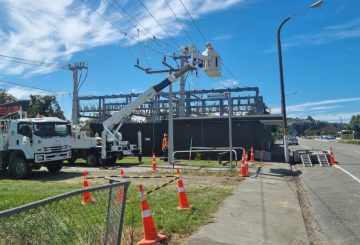ニュージーランドの職場関係・安全担当大臣ブルック・ヴァン・ヴェルデンは、有給育児休暇が2024年7月1日から増加すると発表しました。この増額は、親が新生児との休暇中に追加の支援を提供することで、より多くのお金を受け取れることを意味します。
有給育児休暇の週あたりの最高金利は、712.17ドルから週754.87ドルに引き上げられます。これは、週平均収入の増加を反映して 6% の増加です。
ヴァン・ベルデン氏は、特にこのような困難な時期に、政府は家族や親を支援することに全力を注いでいると述べました。有給育児休暇は、政府がこの支援を提供している一つの方法です。対象となる保護者は、最長26週間の支払いを受けることができます。
Van Velden氏はまた、有給育児休暇を取得するのは一部の人にとっては苦痛を伴う可能性があることを認めています。この制度は流産や死産を経験した人にも適用されるからです。
自営業の親の場合、育児休暇の最低支払額が週あたり227ドルから231.50ドルに引き上げられます。この変更は、今年4月1日に行われた最低賃金の引き上げを反映しています。
Employment New Zealandのウェブサイトには、適格性、支払い、職場復帰など、育児休暇に関する最新情報が掲載されています。
有給育児休暇率の引き上げは、1987年の育児休暇および雇用保護法に基づく年次昇給の一環です。この法律により、対象となる親は、現在の最高税率を上限として、通常の給与と同額の支払いを受けることができます。この最高税率は、週平均収入の増加を考慮して毎年調整されます。
自営業の親の最低賃金は、成人の最低賃金(現在は1時間あたり23.15ドル)で10時間働いたことに相当します。





























































